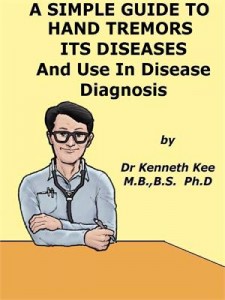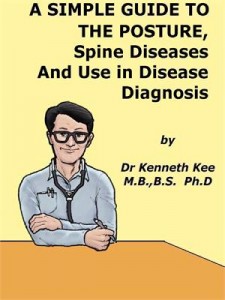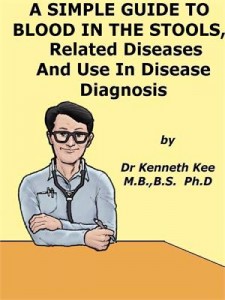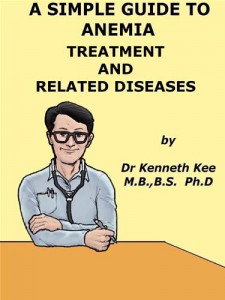Congenital Heart Disease is an abnormality or defect in the heart when the baby is born.Congenital Heart Disease is the most common serious birth defect and occurs in 0.7 per cent of children.Who is at risk of having a Congenital Heart Disease?Familial:1. Poor development of the heart during the first 3 months of pregnancy either due to genetics or family history.External factors in development of the Congenital Heart Disease:2. Poorly controlled blood sugar in women who have diabetes during pregnancy3. Medications or drugs taken during pregnancy such as thalidomide (ASD,VSD)Drugs such as retinoic acid for acne, other chemicals or alcohol4. Infections during the first three months of pregnancy such as Rubella virus or German measles (rare now because of rubella vaccination), other viruses or bacteria (VSD, PDA, valve disease)Congenital heart disease (CHD) can describe a number of different problems affecting the heart.It is the most common type of birth defect.Congenital heart disease causes more deaths in the first year of life than any other birth defects.Congenital heart disease is often divided into two types:1. Cyanotic:a. Tetralogy of Fallot 10%b. Transposition of the great vessels 10%c. Ebsteins anomalyd. Hypoplastic left hearte. Pulmonary atresiaf. Total anomalous pulmonary venous returng. Tricuspid atresia2. Non-cyanotic:a. Ventricular septal defect (VSD) 20%b. Atrial septal defect (ASD) 10%c. Patent ductus arteriosus (PDA) 15%d. Pulmonary stenosis 3%e. Aortic stenosis 1%f. Coarctation of the aorta 6%g. Atrioventricular canal (endocardial cushion defect)These problems may occur alone or together.Most children with congenital heart disease do not have other types of birth defects.However, heart defects can be part of genetic and chromosome syndromes.Some of these syndromes may be passed down through families:a. Down syndromeb. Marfan syndromec. Turner syndromed. DiGeorge syndromee. Noonan syndromef. Trisomy 13What are the symptoms of Congenital Heart Diseases?Symptoms of Congenital Heart Disease depend on the nature and severity of the defect or defects:There may be no symptoms until examined by a doctor during routine physical examination of newborn1. A heart murmur may be heard during examination of the heart but may not indicate Congenital Heart Disease.Other heart murmurs are typical of a narrowed pulmonary (PS) or aortic valve or other heart defect.2. Breathing difficulty on exertion or after feeding3. Feeding problems -in baby with Congenital Heart Disease heart failure causes the inability of the heart to pump efficiently resulting in slow feeding and inability to finish feeds4. Loss of weight may occur because of feeding problem5. Cyanosis of the lips and tongue indicates insufficient oxygen is delivered to the body from the heart to the lungs. The lack of oxygen causes some tissues to appear bluish in color.How is Congenital Heart Disease diagnosed?The pediatrician will usually refer to a pediatric cardiologist for further tests:1. Presence of Heart defect from birth2. Chest X-Ray to see the shape of the heart3. ECG to record rhythm and heart rate4. Ultrasound scans of the heart (echocardiography) to check the flow of heart in and out of the heart and the nature and severity of the heart defect.Most congenital heart defects are found during a pregnancy ultrasound.When a defect is found, a pediatric heart doctor, surgeon, and other specialists can be there when the baby is delivered.What are the complications of Congenital Heart Disease?1. Children with congenital heart disease are prone to get bacterial endocarditis especially during dental treatment or if there is infections of the throat.The heart valves can become inflamed as a result of bacteria that entered the blood stream causing a fever and poor appetite or energy.2. There is the danger of death if the heart fails.
Congenital heart diseases, a simple guide to
Sobre
Talvez você seja redirecionado para outro site









